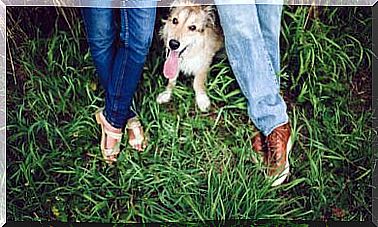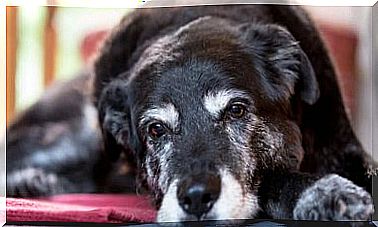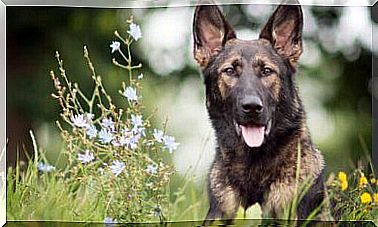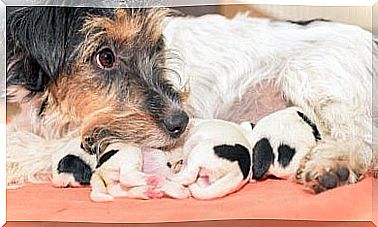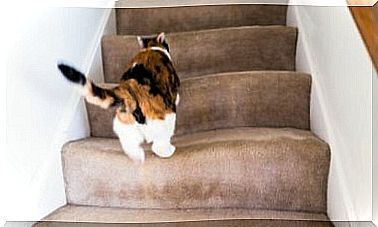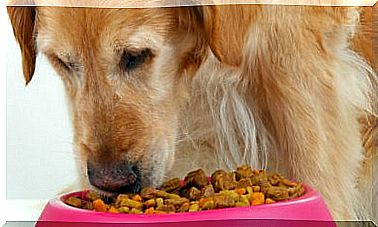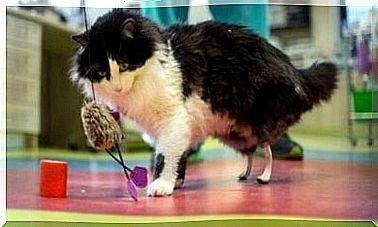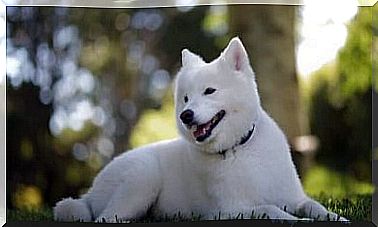How To Change Your Cat’s Diet: Some Tips
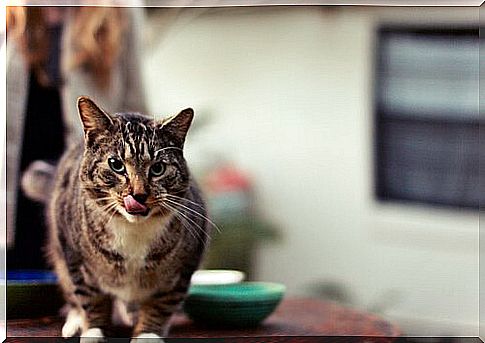
Changing your cat’s diet can be a real challenge without the necessary knowledge to proceed correctly and gradually. Below, we’ll summarize some advice to help you diversify or adapt your feline’s diet in a healthy way.
The “selective” taste of domestic cats
We hear very often that domestic cats have a very selective palate. Because of this keen sense, they say it is very complex to make changes to your routine diet. But what is true and what is myth in these popular beliefs?
Feeding wild cats
Wild cats are carnivorous animals of very independent character. Therefore, your organism has evolved to perfect your hunting skills. In this way, the cat was able to position itself at the top of the food chain.
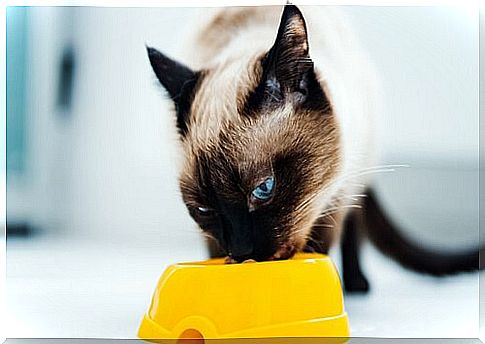
In view of this, the diet of these animals, in their wild habitat, does not depend only on their evolutionary capacities. Its nutrition also varies according to climate change, availability of food in its surroundings, human intervention in its environment, etc.
So imagine what would happen if a wild cat developed certain capricious habits like domestic cats. Well, it is not difficult to see that these selective behaviors would be a danger to the survival of the species.
And why do domestic cats reject dietary changes?
If cats aren’t really capricious, how can we explain that many domestic cats have such a unique taste? Now the answer is in the question itself. After all, cats develop certain selective feeding behaviors thanks to the domestication process.
It all starts when the cat no longer needs to hunt to feed. Then he begins to adapt and consume balanced foods. In addition, it also influences the fact that it is created in environments with little space, such as apartments, which do not undergo the natural transformations of a wild habitat. This makes your body easily get caught up in a limited eating routine to feel more secure.
To understand this adaptive phenomenon more easily, we can take stray cats as an example. These animals experience something very similar to wild cats. Like wild animals, their survival depends directly on their adaptive capacity.
Finally, a consequence of the stray cats’ lifestyle is that their diet is generally more varied. Likewise, their taste buds are much less selective than that of a house cat.
Changing Your Cat’s Diet: The Importance of Early Adaptation
Cats define the criteria – or preferences – of their taste buds during the first six or seven months of life. During the time they are puppies, it is easier for them to accept new flavors, aromas, textures and moistures. This is the ideal age to get them used to a varied diet and prevent them from refusing dietary changes.
If we leave to introduce new foods to a cat after its taste buds are formed, its adaptation will be much slower. An adult animal is less flexible to routine changes and generally rejects unfamiliar flavors.
If we offer a series of odors, textures, shapes and flavors, we will create a cat with greater food tolerance. Therefore, early adaptation is the best preparation for changing your cat’s diet in adulthood.
Replace your cat’s diet slowly and gradually
As we said, felines stick to their routine to feel more secure. Therefore, exposing animals to a radical change in environment, food or habits often provokes negative reactions in their body and mind.
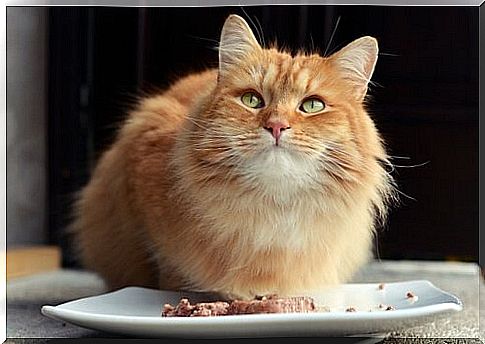
If the change is drastic, the animal may develop aggressive and/or self-defensive behavior, behavioral changes and various symptoms such as lethargy, diarrhea, malnutrition, etc.
Therefore, it is essential to change your cat’s diet slowly and gradually. This way you will avoid behavioral and organic disorders. Ideally, start by replacing a small percentage (5% to 10%) of your old food with the new food from your daily diet. This percentage must be increased weekly.
tinge flavors
A good way to disguise changes in food is to mix new ingredients with a little pate or moist food. The strong aroma and pleasant flavor of these complements will help stimulate your cat’s appetite.
Although it works well, it’s important to use this technique only during the first few weeks. Thus, you will prevent the animal from getting used to consuming the supplements daily.
On the other hand, attention should be paid to changing the diet of an adult or elderly cat that has consumed the same type of food for a long time. After all, this animal’s organism has adapted to digest and absorb the nutrients offered by the food formula. So radically changing your diet can do serious harm.
In any case, it is essential to consult a veterinarian before changing your cat’s diet. Therefore, keep in mind that the animal must be healthy to positively face a change in routine. In addition, the professional will be able to help you choose a new food suitable for your animal’s nutritional needs.

